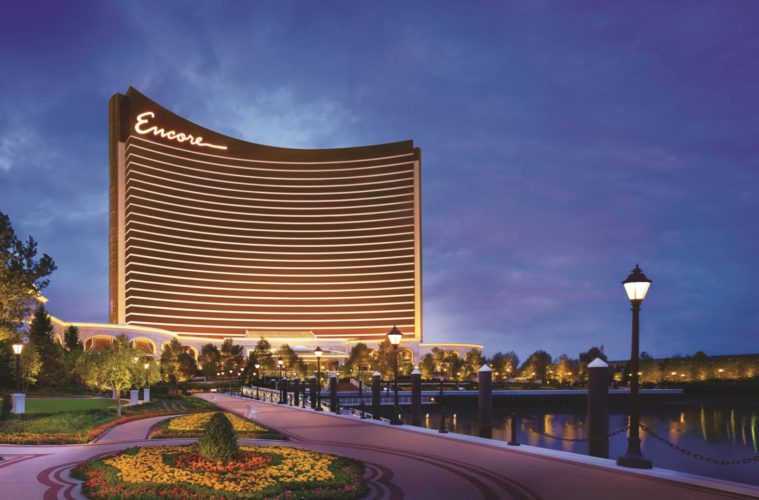There was a time when many in Everett didn’t know that this city of 45,000 had a shoreline, even though 10 shipyards lined the river once; mills sprang up to process grain and spices, paints, cloth, and other products. More recently, a Monsanto chemical plant sprawled across the acreage to the south, even earning a street name, Chemical Lane. Once the plant closed and was dismantled after more than a century of producing chemicals and herbicides, the land remained fallow and toxic, an environmental nightmare.
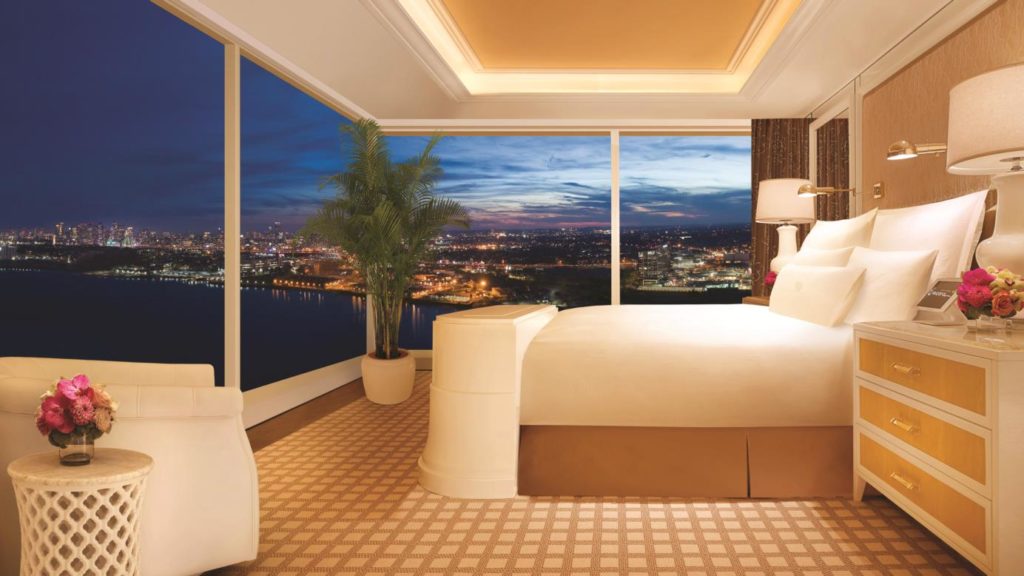
But in 2014 Wynn Design and Development began envisioning a radical makeover of the property to build a world-class resort and casino. Once the Massachusetts Gaming Commission approved legislation that legalized gaming, which allowed for an integrated resort, Wynn moved swiftly to gain the coveted license. According to president of development and Winchester resident Chris Gordon, “The Boston market is spectacular, with a vibrant economy, and is a great tourist location. There’s a lot of international tourism, and it’s a tourist hub for people who visit New England.”
After five years of planning, review, and competition—and $2.6 billion—Encore Boston Harbor has risen as a testament to smart development, environmental rescue, and community renewal.
Building on a polluted site did present challenging obstacles that required cooperation among government, environmental stewards, organizations, and local communities. Erik Hansen, Wynn’s chief sustainability officer, says Wynn was committed ultimately to making it a pristine site. “Whatever the cost would be, we were going to cover the complete cost of remediation and bring it back to the condition it was over 150 years ago.”
Early on, Wynn partnered with the Mystic River Watershed Association (MyRWA), an organization whose mission is to protect and restore the Mystic River, its tributaries, and watershed lands. The group provided invaluable assistance in the restoration and continues to advise on environmental matters and monitoring.
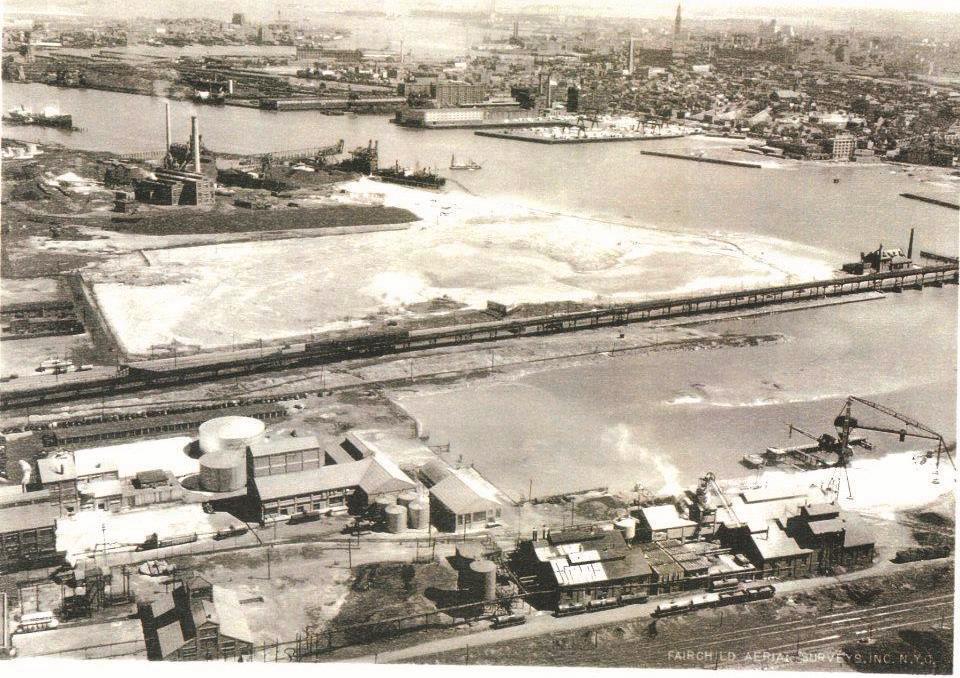
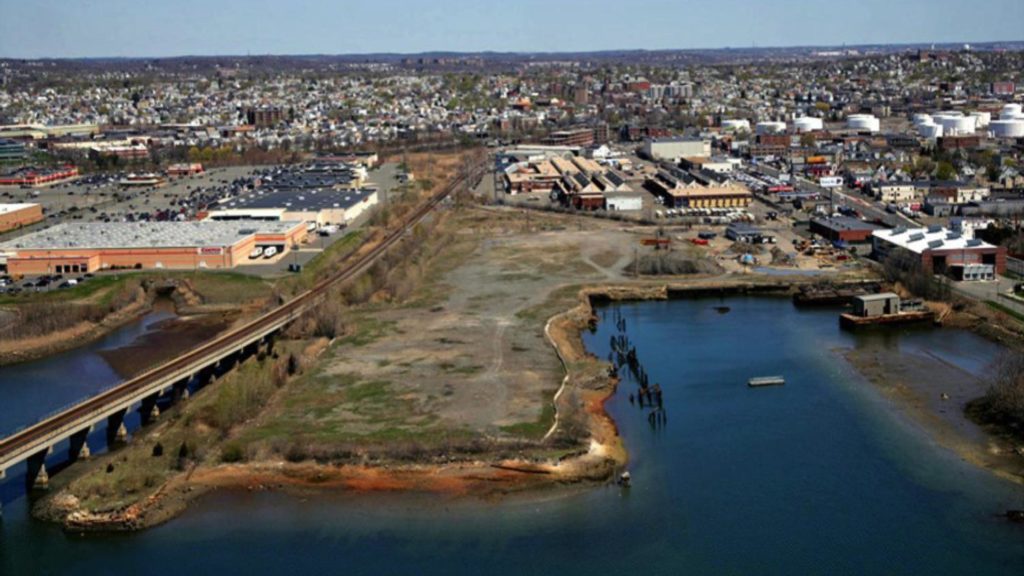
The magnitude of land remediation, even before the first concrete was poured, made for unusual demands. “Nobody wanted to touch it because the environmental liabilities were expensive to touch,” Elizabeth Henry president of the Environmental League of Massachusetts told a New York Times reporter. However, many studies of the site were already completed, says Gordon “so we had a pretty good idea of what we were getting into.”
Yet the scope of the cleanup was broader than expected and more than doubled the remediation costs. The process lasted 18 months and cost $68 million to complete, requiring removal of 840,000 tons of contaminated soil from the site and 41,000 tons of contaminated sediment from more than seven acres of the Mystic River. Rail cars and trucks hauled the waste to commercial remediation sites all over the country.
The stressed and ailing condition of the river was always kept front and center as the project progressed. The MyRWA worked closely with Wynn to design a 24,000-square-foot living shoreline on the river bank. Natural materials have helped to decrease erosion and have provided a habitat for wildlife. Ducks, geese, herons, cranes, and rabbits, along with fish in the water, continue to show a rapid return to the revived environments, says Rosie Salisbury, Encore’s director of public relations.
The latest Water Quality Report Card issued jointly by the US Environmental Protection Agency and MyRWA rates the Mystic River watershed as having clean water grades in the A- and A range.
The lush abundance of flora and fauna, a signature element of the other five Wynn resorts, creates an aesthetic, not only eye-catching but environmentally sound. Within the entire resort area a rainbow of colors from living plants please the senses in a silent yet effective way. More than 55,000 flowering annuals, more than 100,000 shrubs, and nearly 1,000 mature trees were planted. Thousands of annuals are exchanged every two weeks, including many favorites of New England.
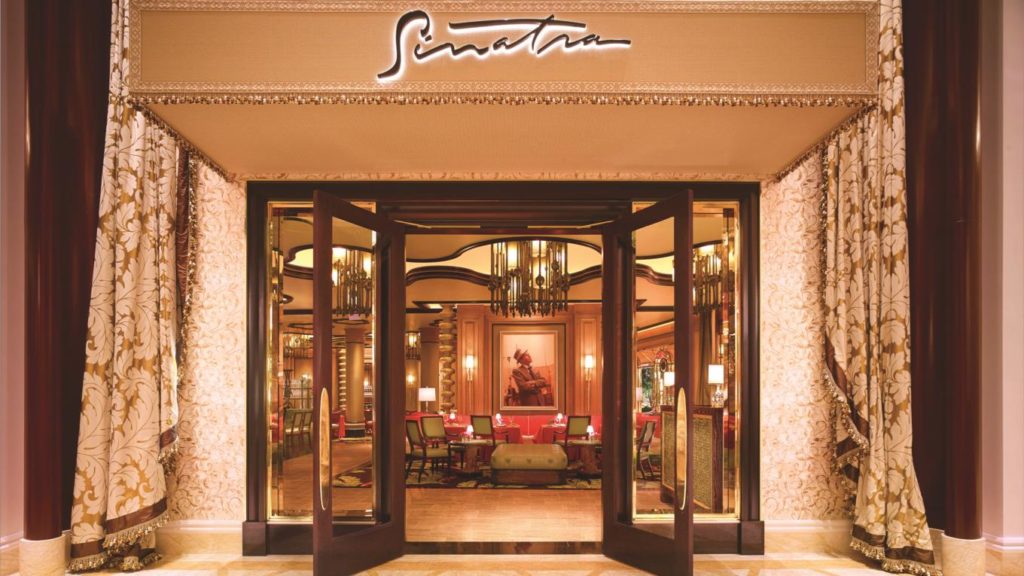
The South Lawn Garden presents a respite from the busier areas. Scotch pines rise above a spacious open park, complemented by flowering pear trees, spruce, and magnolia trees. The Harborwalk laces the living shoreline, winding through 6.5 acres. Twenty thousand seedlings were planted to shore up the berm. These views haven’t been seen by the public in more than a century.
Art is also evident throughout Encore’s layout, but it is no more intriguingly presented than in the 10-foot sculptures from Jaume Plensa’s Secret Garden series. The Barcelona-born, Plensa has cast a trio of stainless steel portraits of women gazing alternately toward the Boston skyline and back toward the hotel. One thinks of the mysterious heads of the ancient monoliths at Easter Island staring out over the Pacific.
Inside, live elements are integrated throughout the decor. Guest rooms have a single flower or plant and expansive windows. “Bringing a sense of the outdoors inside is really important to us,” Salisbury notes. “We like to have lots of natural light to refresh and make people happy.”
While the handsomely fun carousel in the lobby first greets you when you enter, practically—and operationally—it cannot support living plants. Instead, an array of 83,000 decorative flowers and 11,000 sparkling jewels tease your imagination to think they are real. Four voluminous 24-foot, multi-trunk ficus trees lend a refreshing balance and blend within the interior space.
Recent years have shown the fragility of the earth and the environments that comprise it. Thus, development and conservation strategies have moved to the forefront of thinking worldwide. Smart growth—and particularly smart development—has been a driving force throughout the planning, construction, and now the operation of Encore. Hansen explains, “Smart development is really an investment in building quality over anything else.”
In thickly settled cities like Boston and its suburb Everett, transportation has been a key consideration. Contractors had to excavate several levels below grade in order to build an enclosed parking garage that could accommodate 2,900 parking spaces. Included are 96 spaces for 192 bicycles. In addition, luxury motor coaches bring guests here from designated bus stops in select locations throughout Massachusetts and New Hampshire. Shuttles also operate 24 hours daily to take guests to and from from the Wellington MBTA Station, departing every 10 to 20 minutes. The Premium Harbor Shuttle uses custom-built luxury yachts to transport guests and employees from points in Boston as well as Logan Airport. Private boat docking is available nearby.
Encore hosts 15 restaurants, three with familiar nods to New England, the Oyster Bar, Waterfront, and Fratelli.
Its proximity to the Mystic River makes Encore subject to tidal forces, which necessitated consideration for potential flooding, especially “those 100-year floods,” says Hansen. Encore was built high enough and within a protective floodable landscape to avoid such a catastrophe.
In 2018, the EPA awarded an Environmental Merit Award in recognition of Encore’s construction of a living shoreline and efforts to protect the local environment.
Some of Encore’s sustainability features include a smart watering system that prevents unnecessary waste. Also, an underground watering system to support plant growth is designed to minimize evaporation.
In addition solar energy panels and micro-turbine cogeneration plants cleanly generate about 23 percent of Encore’s annual electricity, meeting nearly half of the annual heating and hot water needs.
To sustain its electrical power consumption the Encore facility’s design allows for 30 percent of its annual electricity to come from renewable energy. At least 7 percent is be purchased from local green power service providers, according to Hansen. A first-of-its-kind integrated microgrid and battery storage program supplements Encore’s core power supply and increases electrical reliability. “We are able to dispatch the batteries to reduce demand and reduce our pull on the grid during critical times, such as during the hottest times of summer when the grid is being strained.
“Our model showcases how you can truly integrate battery, solar, and cogeneration in one operating unit and make it work for the benefit of everybody.”

